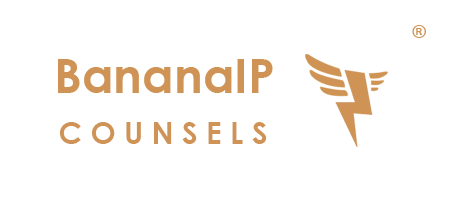The Copyright Act, 1957 went through a major change in 2012. The amendment harmonised the copyright law with the “Internet Treaties”- the WIPO Copyright Treaty (WCT) and WIPO Performances and Phonograms Treaty (WPPT), making it capable of facing challenges posed by digital technologies.
The Copyright Act, 2012 (hereinafter referred to as the ‘Act’) added new Sections, 65A and 65B, for protection against dodging of technological measures and protection of rights management information respectively. The provision under Section 65A sets out that any person who circumvents an effective technological measure applied for protecting any of the rights conferred in the Act, with the intention of infringing such rights, shall be punishable with imprisonment which may extend to two years and shall also be liable to fine. However, this section also provides exceptions which allow third parties to facilitate circumvention, provided s/he maintains a complete record of the details of the person and the purpose for which circumvention was facilitated. The objective of this provision was to cut down the high rate of unauthorised accessing and copying of Copyrighted Products and digital infringement of Copyright.
Section 65B deals with protection of rights management information, such as the name of the performer, copyright information or an ISBN number which is used for authentication. It states that if any person who knowingly removes or alters any rights management information without authority or distributes, imports for distribution, broadcast or communicates to the public, without authority, copies of any work, or performance knowing that electronic rights management information has been removed or altered without authority shall be punishable with imprisonment which may extend to two years and shall also be liable to fine.This provision also provides for an additional remedy to Copyright Owner under civil law to redeem his rights. The primary objective of this provision is to provide protection of rights management information. Therefore, any unauthorized and intentional removal or alteration of any rights management information is a criminal offence punishable with imprisonment. Another objective of this provision is to permit the copyright owners to gain better control over their works by limiting the categories of access/use. Some DRM applications which we commonly come by include requests for user authentication to enter a database, prevention of copying contents of a CD/ document, and locking/restricting the use of a digital product to a particular device or region. Tools that enable such DRM application are encryption and watermarks.
The introduction of Sections 65A and 65B, apart from harmonising the Indian copyright law with the internet treaties, also aims at aiding the film, music and publishing industries in their fight against piracy. However, for achieving the underlying objectives of the foregoing provisions, effective enforcement and a well-equipped legal regime is also required.
Authored by Bhuvana S. Babu
For any further information on copyright law in India, write to contact@bananaip.com



